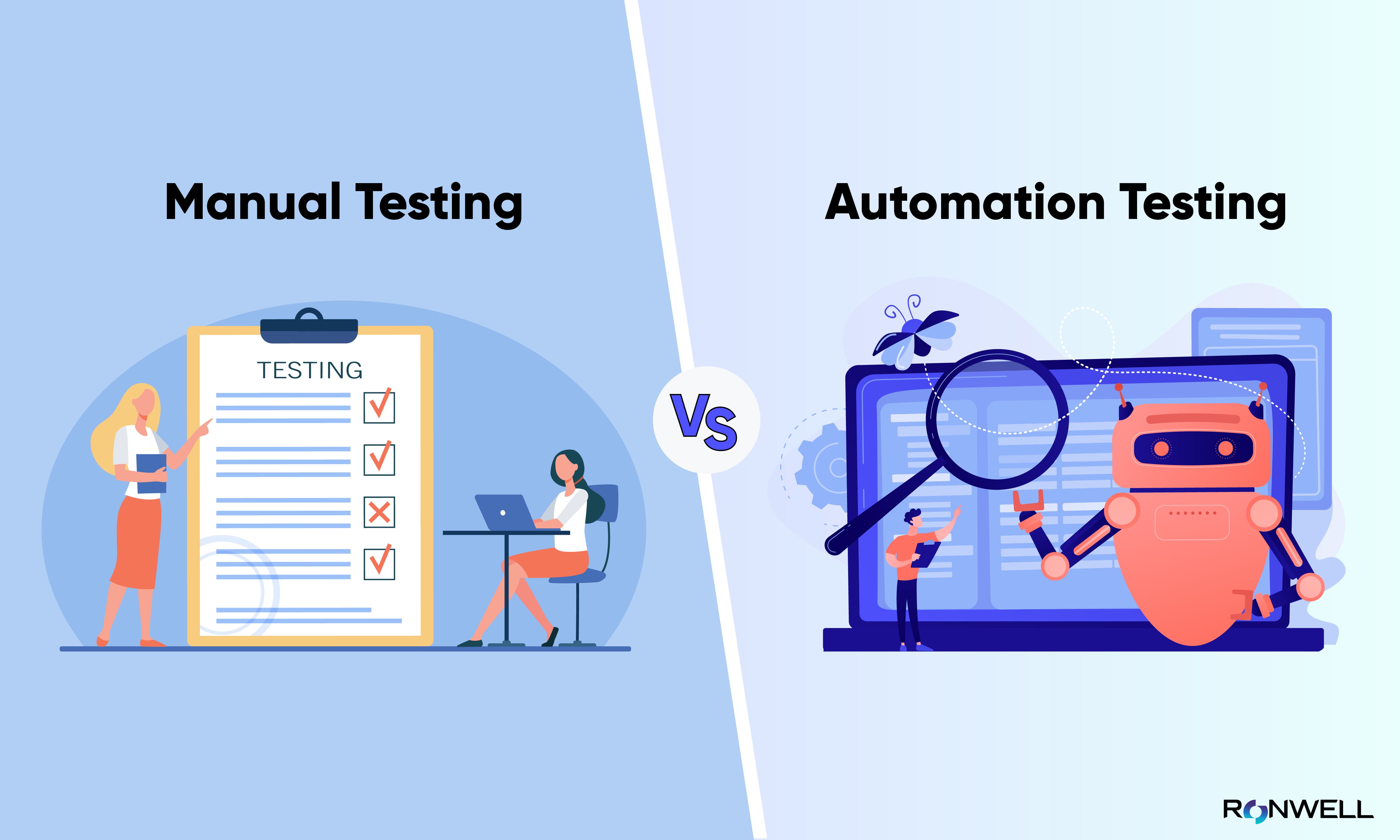Making Certain Success in Automation Evaluating: Key Metrics, Difficulties, and Solutions Every QA Team Ought To Know
In the world of software application high quality guarantee, the landscape of automation screening is ever-evolving, requiring a thorough approach to make certain smooth procedures. The journey to mastering automation screening is led with subtleties that require a keen eye for surveillance, analysis, and constant enhancement. As the sector propels forward, the quest for optimal efficiency in automation screening remains a continuous search, urging QA groups to equip themselves with the expertise and strategies necessary for triumph.
Relevance of Trick Metrics
Comprehending the importance of vital metrics is crucial for reviewing the performance and effectiveness of automation screening processes. Key metrics work as measurable procedures that give important insights into numerous facets of the screening procedure, such as test coverage, test execution time, defect density, and test instance efficiency. By examining these metrics, QA groups can determine bottlenecks, inadequacies, and areas for enhancement within their automation testing structure.
One vital aspect of crucial metrics is their capability to track development and keep track of the total health and wellness of the screening process (automation testing). They make it possible for stakeholders to make informed choices based on data-driven insights, which can result in a lot more effective testing techniques and far better source allowance. In addition, key metrics can help groups set reasonable goals, measure the success of automation campaigns, and show the ROI of automation screening initiatives

Common Difficulties Dealt With
Challenges typically encountered in automation screening procedures can significantly affect the overall efficiency and performance of QA teams. Among the major obstacles is the selection of the best test instances for automation. Not all test situations are suitable for automation, and picking the wrong ones can cause lost time and resources. In addition, maintaining examination scripts can be an overwhelming job, especially as the application undergoes constant modifications. Examination manuscript maintenance needs continuous updates and alterations to guarantee they show the present capability accurately. One more usual difficulty is the initial investment required for establishing automation structures and devices. This can be a barrier for some companies, specifically smaller sized ones with minimal spending plans. Automation screening may not cover all facets of screening, such as usability and customer experience screening, which still require hand-operated intervention. Getting rid of these challenges needs correct preparation, strategic test situation selection, robust upkeep procedures, ample sources, and a clear understanding of the restrictions of automation testing.
Effective Solutions for Obstacles
To address the obstacles run into in automation screening, executing effective remedies is essential for boosting the effectiveness and productivity of QA teams. One essential service is to spend in robust training programs for QA teams to ensure they have the necessary skills to efficiently use automation tools. Training can connect expertise gaps, enhance understanding of automation structures, and improve scripting capabilities, inevitably causing much more efficient test production and execution.
One more vital option is to establish clear communication channels within the QA team and with various other stakeholders, such as programmers and task managers. Effective interaction assists in straightening expectations, sharing development updates, and immediately addressing concerns or roadblocks that may arise throughout the automation testing process.

Surveillance and Evaluation Techniques
Executing effective tracking and analysis strategies is important for making certain the success and performance of automation screening procedures. By utilizing surveillance devices, QA groups can track the efficiency of examination scripts, identify traffic jams, and pinpoint locations for enhancement. Real-time monitoring allows for fast detection of concerns, allowing rapid action and resolution. Furthermore, assessing test outcomes and metrics provides important insights right into the top quality of the software application click being evaluated and the performance of the screening approach.
One secret method in monitoring and evaluation is making use of control panels that settle pertinent metrics and KPIs in a visually easily accessible style. These dashboards supply a thorough overview of test execution status, examination coverage, issue trends, and other important details. On a regular basis examining and examining these dashboards can aid QA teams make notified choices, focus on jobs, and maximize screening efforts.
Furthermore, implementing automated notifies and notices based on predefined limits can enhance positive tracking and prompt intervention. By establishing signals for performance discrepancies or test failures, teams can address issues without delay and prevent them from escalating. In general, tracking and analysis techniques play an essential duty in making sure the efficiency and success of automation testing efforts.
Continual Enhancement Approaches
Enhancing the efficacy of automation testing processes necessitates the regular improvement of techniques and approaches. Constant enhancement methods are crucial for QA teams to adapt to evolving technologies and deliver top notch software. One crucial method to boosting automation testing processes is to carry out normal evaluations and retrospectives. By evaluating past testing cycles, teams can recognize traffic jams, ineffectiveness, and locations for improvement. Carrying out comments loopholes and including lessons found out right into future testing frameworks can generate considerable improvements gradually.

Verdict
In verdict, it is critical for QA groups to recognize the crucial metrics, obstacles, and services in automation testing to make sure success. By carefully keeping an eye on and assessing information, implementing efficient remedies to usual difficulties, and continuously enhancing strategies, QA teams can maximize their testing procedures and deliver top notch software program products. Abiding by these methods will eventually lead to much more reliable and reliable automation screening practices.
By analyzing these metrics, QA groups can recognize bottlenecks, inefficiencies, and locations for improvement within their automation screening structure.
Additionally, key metrics can help teams set sensible goals, measure the success of automation efforts, and show the ROI of automation testing initiatives.
Difficulties frequently come across in automation testing procedures can considerably impact the general efficiency and performance of QA teams. Automation screening might not cover all moved here facets of screening, such as use and customer experience screening, which still require manual intervention.In verdict, it is essential for QA groups to comprehend the key metrics, difficulties, and services in automation screening to make certain success.
Comments on “The Value of Automation Testing in Agile Development Atmospheres”